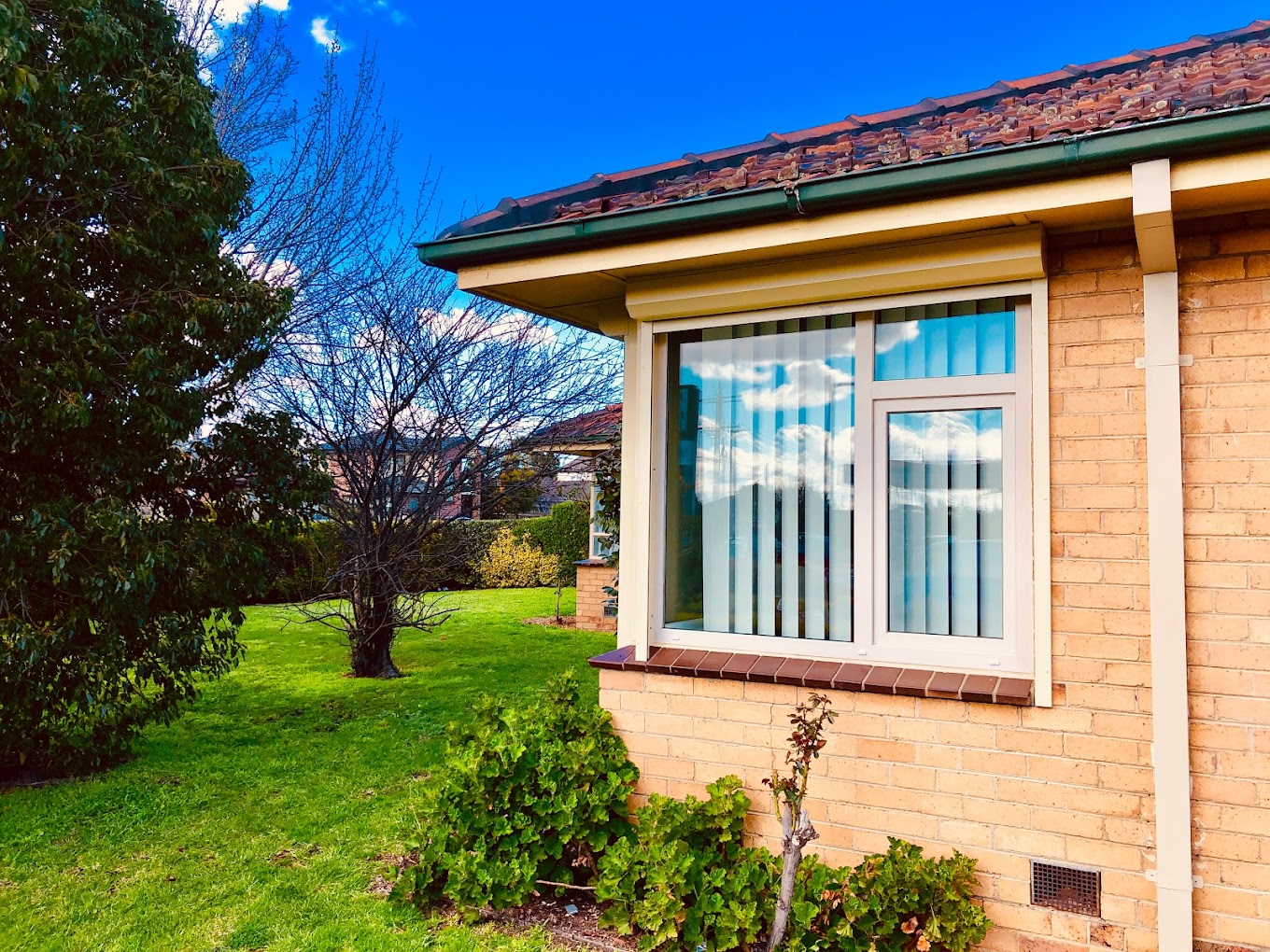All Categories
Featured
Table of Contents
Why Is Double Glazing So Important In Winter? in Maida Vale Perth
Glazing merely implies the windows in your home, consisting of both openable and fixed windows, along with doors with glass and skylights. Glazing in fact simply means the glass part, but it is generally utilized to describe all aspects of an assembly including glass, films, frames and furnishings. Taking note of all of these aspects will assist you to accomplish effective passive design.

Energy-efficient glazing makes your home more comfy and considerably decreases your energy expenses. Inappropriate or poorly developed glazing can be a major source of unwanted heat gain in summer and significant heat loss and condensation in winter season. As much as 87% of a house's heating energy can be gained and up to 40% lost through windows.
Canberra Window Replacement - Upvc Double Glazed ... in Kingsley Western Australia
Glazing is a significant investment in the quality of your home. The cost of glazing and the expense of heating and cooling your home are closely associated. An initial financial investment in energy-efficient windows, skylights and doors can significantly reduce your yearly cooling and heating bill. Energy-efficient glazing likewise minimizes the peak heating and cooling load, which can minimize the required size of an air-conditioning system by 30%, leading to further expense savings.

This tool compares window selections to a base level aluminium window with 3mm clear glass. Understanding a few of the crucial residential or commercial properties of glass will assist you to pick the very best glazing for your house. Secret properties of glass Source: Adjusted from the Australian Window Association The quantity of light that passes through the glazing is referred to as visible light transmittance (VLT) or noticeable transmittance (VT).
Double Glazing Australia Blogs in Gooseberry Hill WA
This might lead you to turn on lights, which will lead to greater energy expenses. Conduction is how readily a product carries out heat. This is known as the U worth. The U value for windows (revealed as Uw), explains the conduction of the whole window (glass and frame together). The lower the U worth, the greater a window's resistance to heat circulation and the better its insulating value.
For example, if your house has 70m2 of glazing with aluminium frames and clear glass with a U value of 6. 2W/m2 C, on a winter's night when it is 15C cooler outside compared to inside, the heat loss through the windows would be: 6. 2 15 70 = 6510W That is comparable to the total heat output of a large room gas heating system or a 6.
Solace Creations: Home in Salter Point Perth

If you pick a window with half the U worth (3. 1W/m2 C) (for example, double glazing with an argon-filled gap and less-conductive frames), you can cut in half the heat loss: 3. 1 15 70 = 3255W The solar heat gain coefficient (SHGC) for windows (expressed as SHGCw) determines how readily heat from direct sunshine streams through a whole window (glass and frame together).
The lower a window's SHGC, the less solar heat it sends to the home interior. The real SHGC for windows is affected by the angle that solar radiation strikes the glass.
Double Glazing Vs Triple Glazing For Windows (2023) in Straffon Perth
When the sun is perpendicular (at 90) to the glass, it has an angle of incidence of 0 and the window will experience the optimum possible solar heat gain. The SHGC stated by glazing makers is constantly computed as having a 0 angle of incidence. As the angle increases, more solar radiation is shown, and less is sent.
Latest Posts
Double Glazed Windows: A Complete Guide in Kelmscott WA
How Does Double Glazing Keep Heat Out? in Lathlain Western Australia
A Complete Guide To Double Glazed Windows in Wembley Downs WA